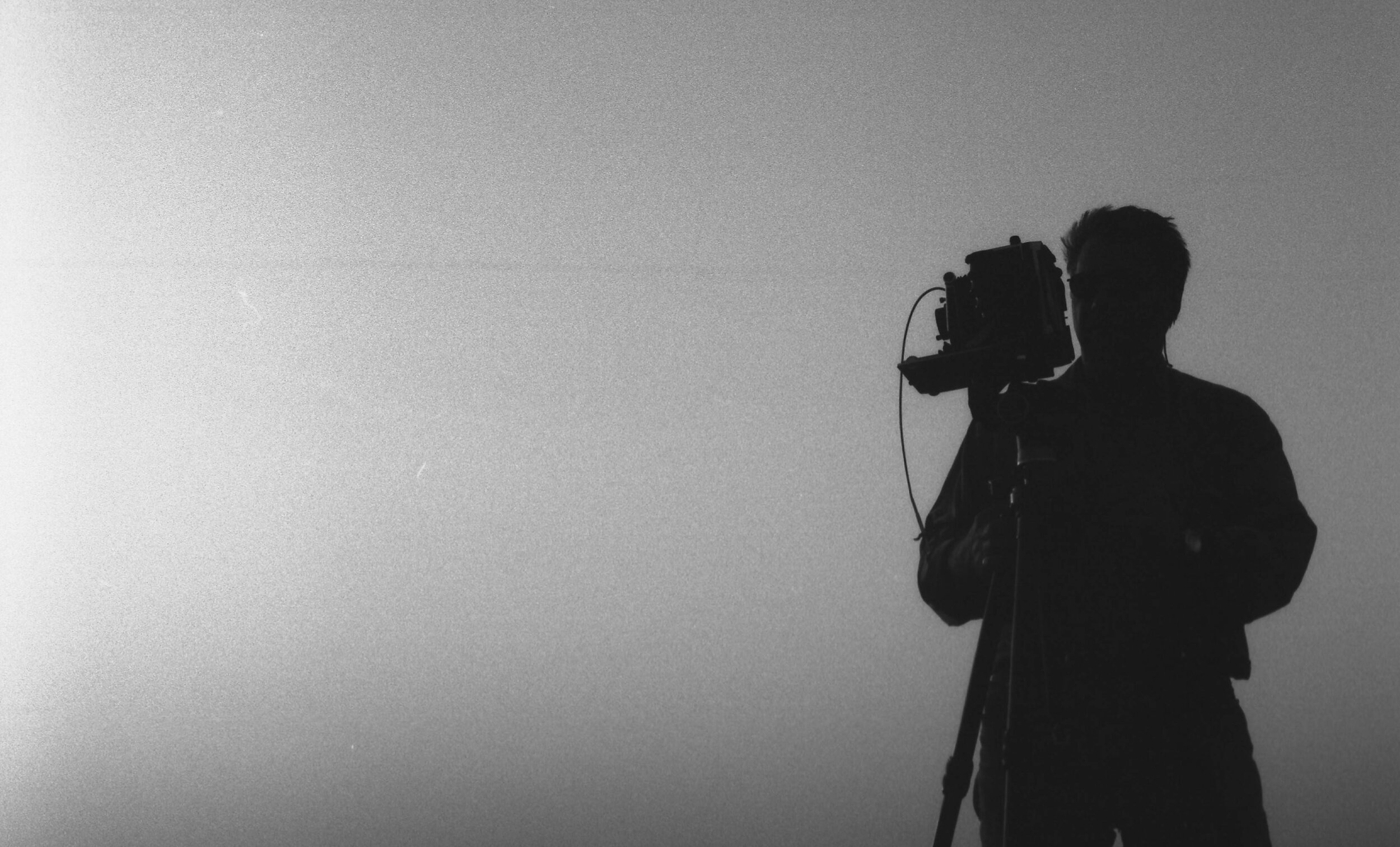Hollywood Suite Critic's Picks: We look back at Original-Cin's pick, Manufactured Landscapes
On the last Wednesday of each month, as part of a promotional partnership with Hollywood Suite, Original-Cin critics curate the programming of the service’s ‘70s, ‘80s, ‘90s and 2000s channels.
Here, Jim Slotek discusses Manufactured Landscapes, one of his Hollywood Suite 2000s selections for May 27.
After watching Manufactured Landscapes in 2006, I had a revelation that, where environmental degradation is concerned, all roads lead to Hamilton. Or rather out of it.
I interviewed Edward Burtynsky, the Toronto photo-artist whose fascination with large-scale industrial man-made geographical features inspired what is now three films. And one of my first questions was about an unforgettable scene in China.
Cyber-waste and natural forest meet. Manufactured Landscapes is available on Hollywood Suite this month.
Amid many square miles of global computer waste, elderly Chinese women scraped away at logic boards for rare metals, in a high-tech landfill that had poisoned the local water table with cadmium and other toxic substances.
How on Earth had Burtynsky discovered this place? It turned out he had followed it all the way from Hamilton. Just outside of the city, he’d encountered 25 acres of e-waste, and intended to come back and give it a proper photo treatment.
Less than a year later, he returned. It was gone.
“Where does 25 acres of e-waste go?” he said. “It turns out, it was shipped to China, as it is from all over the world.”
Becoming a global dumping ground for modern society’s most toxic waste product this side of a nuclear reactor is just one expedient way the People’s Republic opted to quickly establish itself as open for business – of any kind.
In the same movie, there is a scene of shipbreaking in Bangladesh. Shipbreaking represents the end-fate of all the ships at sea, the last act often involving running aground at full speed on an industrial beach, where a team of $4-a-day labourers quickly sets to work with torches.
I’d recently seen another documentary on that very subject, Shipbreakers, set on the East coast of India, where the workplace death rate was about one per day.
I asked the producer of that film about the history of ship-breaking. It turns out that, before it was outsourced en masse in the ‘70s, it was a unionized job with benefits and safety standards, carried out in places like… Hamilton Harbour!
As someone who’d paid for his journalism school tuition and Toronto rent with highly paid (and no longer available) summer millwork in Northern Ontario, I felt a kinship with Hamilton, a victim of globalization and an urban metaphor for the rush to ever dirtier Third World-based industry. It symbolizes the evolution of employees from workers to widgets, as disposable as the environment itself.
Burtynsky records the Anthropocene. Manufactured Landscapes is available on Hollywood Suite this month.
Through Manufactured Landscapes and its follow-ups, Watermark and Anthropocene: The Human Epoch, Edward Burtynsky’s vision has been moved from art galleries to the screen (and back to art galleries in the form of multimedia presentations) with the help of his filmmaking partners Jennifer Baichwal and Nicholas de Pencier.
As apocalyptic visions go, these are astonishingly beautiful and unsettling at the same time. Manufactured Landscapes opens with an almost hypnotic several-minute tracking shot through an endless factory floor in China, the purpose of any single part of the line is unclear. We eventually discover what factory line-workers have been assembling, part by tiny part, in what is practically the resolution of a mystery. The object in question may end up in a Walmart, on route to its ultimate destination in a few years in a landfill.
The trio’s most recent movie, Anthropocene, refers to the movement in the geologic world to call an end to the Holocene Epoch, the post-Ice Age one we’ve been in for more than 10,000 years, and christen the Anthopocene – a period during which nearly all processes on the planet itself are informed or affected by the activity of one species, us.
Burtynsky and company were ahead of the curve on this idea. Manufactured Landscapes captures the final days before the completion of China’s Three Gorges Dam, 50% bigger than any dam in the world, and poised to displace more than a million people in soon-to-be-submerged cities. NASA calculated that the movement of that much water would slightly lengthen the Earth’s day and alter its shape. If that isn’t altering the planet, I don’t know what is.
But how long can this epoch last? Ironically, considering current events, I asked Baichwal et al about The World Without Us, Alan Weisman’s 2007 non-fiction best-seller, which examined how quickly the planet would erase all trace of our existence were we to disappear.
“And how is that supposed to happen?” Baichwal asked.
“Nuclear war, some sort of disaster. It might happen quickly,” de Pencier interjected.
Flash ahead. After months of COVID-19 lockdown, carbon emissions have dropped by the double digits percentage-wise. And there are reports all over the globe of wildlife encroaching on cities with the decline of human interaction.
It has me thinking, the dinosaurs had quite an influence on their world too. And they ran things for 170 million years. Where are they now?
Jim Slotek’s Critics Picks on Hollywood Suite
‘70s – And Now For Something Completely Different (1971, Sony), Play Misty For Me (1971, Universal), Breaking Away (1979, 20th Century Fox)
‘80s – Quest For Fire (1981, 20th Century Fox), An American Werewolf in London (1981, Lionsgate), The Right Stuff (1983, Warner)
‘90s – Misery (1990, Warner), Fight Club (1999, 20th Century Fox), Election (1999, Paramount)
2000s – Manufactured Landscapes (2006, Mongrel), Fido (2006, TVA), Goon (2011, eOne)



